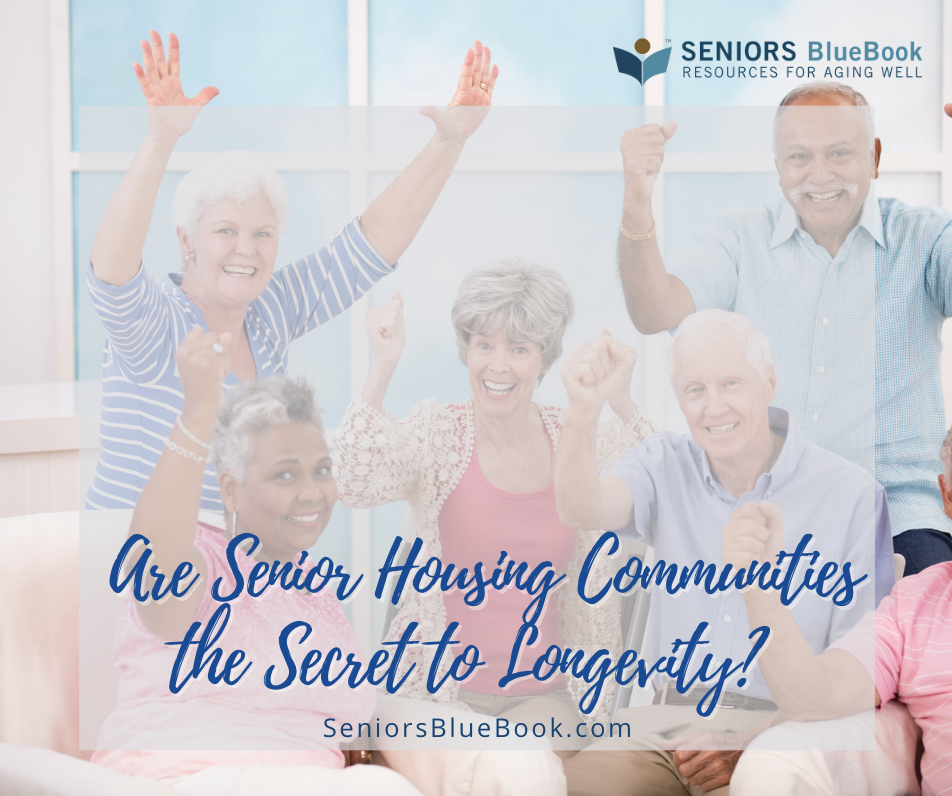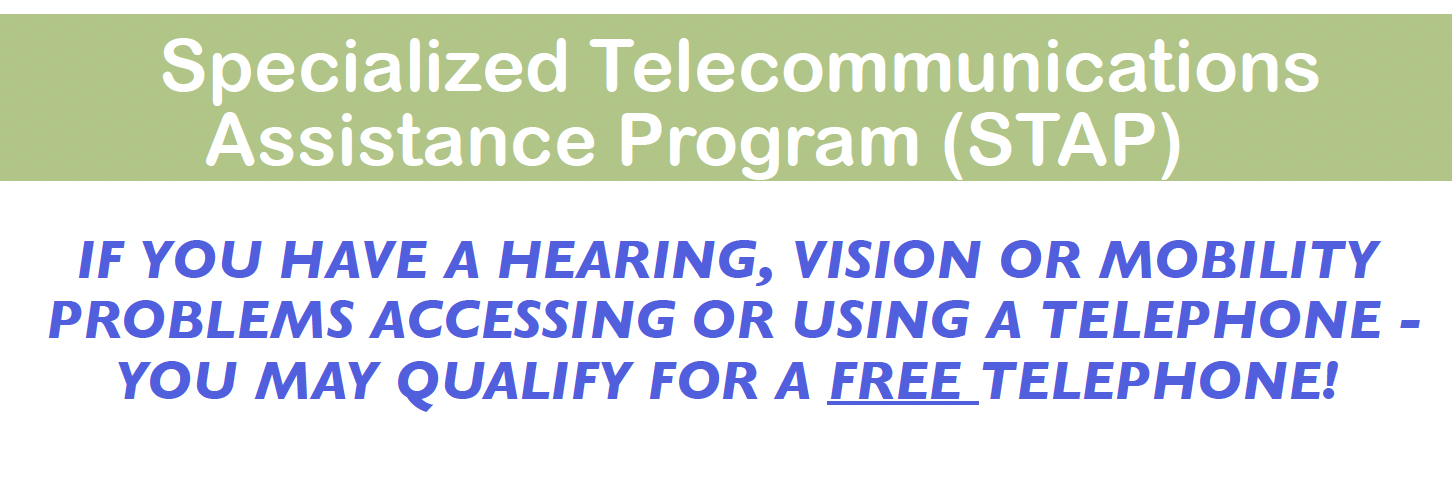Are Senior Housing Communities the Secret to Longevity? NORC Study Indicates Senior Housing Residents Live Longer
Kathleen Warshawsky, BSN, RN
For more information about the author, click to view their website: Kathleen Warshawsky, BSN, RN
Mar 06, 2024
Texas - Dallas, Collin, SE Denton & Rockwall Counties
Email US
Click to Email UsAre Senior Housing Communities the Secret to Longevity? NORC Study Indicates Senior Housing Residents Live Longer
Dallas, TX (March 5, 2024) – A groundbreaking study
conducted by NORC at the University of Chicago has shed light on the positive
relationship between senior housing communities and the longevity and
well-being of older adults. The research, supported by a grant from the
National Investment Center for Seniors Housing & Care (NIC), compares the
health outcomes of older adults residing in senior housing communities to those
living independently in the community.
The study, spanning two years and analyzing various health measures, unveils compelling evidence in favor of senior housing. Key findings indicate that older adults who move into senior housing communities not only live longer but also receive more home health services and benefit from greater rehabilitative and preventive care compared to their counterparts in the community.
The six measures analyzed include mortality, days alive, days away from home due to adverse health events, days receiving home health care, preventative and rehabilitative health services days, and days on anti-psychotics. The results paint a vivid picture of the advantages senior housing offers:
- Increased Longevity: On average, older adults who move into senior housing live more than one week longer than those living in the community, showcasing a lower mortality rate among senior housing residents.
- Enhanced Home Health Care: Senior housing residents receive an additional 10 days of home health care services compared to older adults living independently in the community.
- Greater Preventative/Rehabilitative Services: Older adults in senior housing receive four more days of preventative and rehabilitative services at home, contributing to a comprehensive approach to healthcare within these communities.
- Reduced Anti-psychotic Medication Use: Senior housing residents spend three fewer days on anti-psychotics than their counterparts in the community, highlighting a potential decrease in the need for such medications in a senior housing environment.
Furthermore, the study breaks down the variations across different types of private-pay senior housing communities, including continuing care retirement communities (CCRCs), independent living communities (IL), assisted living communities (AL), and memory care communities (MC). Notably, residents in the top 25% of communities live 70 days longer than those in the bottom 25%, emphasizing the importance of quality care within senior housing settings.
Ray Braun, CEO and president of NIC, emphasizes the opportunity for senior living sectors to integrate healthcare and housing, meeting consumer preferences and potentially reducing the overall cost of care over time. Lisa McCracken, NIC's head of research and analytics, points out that while the research demonstrates the overall value of housing and care, there is still much to learn from consistently top-performing communities.
The study, the third part of a four-part project supported by NIC, aims to assess the health and well-being of senior housing and care residents. It builds upon previous studies that explored the vulnerability of senior housing residents, access to healthcare providers, and will culminate in assessing the overall health outcomes of residents in senior living settings.
As the demand for comprehensive health and wellness support within senior housing grows, Dianne Munevar, vice president of health care strategy at NORC, suggests that senior housing operators can capitalize on this trend by differentiating the scope of preventative health services available in their communities.
The NORC study provides compelling evidence that senior housing communities play a crucial role in extending and enhancing the lives of older adults, offering a holistic approach to healthcare that goes beyond traditional housing models. As the aging population continues to grow, understanding and implementing best practices from top-performing communities will be key to improving the overall health and well-being of residents in senior housing settings.
Other Articles You May Like
Exploring Assisted Living; A Guide to Its Inner Workings
Assisted living has gained popularity among adults looking for a blend of independence and care. Having a grasp of how assisted living functions can empower individuals and families to make informed choices regarding this form of support. This article will explain the elements of assisted living covering the services provided the financial structure and how Seniors Blue Book can act as a valuable resource for exploring assisted living options. Defining Assisted LivingAssisted living serves as a choice for seniors requiring some aid with activities but desiring to uphold their independence. These facilities offer a nurturing setting with access to care services, social engagements and amenities aimed at enriching residents lives.Range of ServicesAssisted living communities deliver an array of services customized to cater to residents specific needs. These services may include: Personal Care Assistance; Support with activities like bathing, dressing, grooming and toileting. Medication Management; Assistance with medication schedules and administration. Healthcare Oversight; Health monitoring and coordination of care.Dining Services; Well balanced meals prepared on site along with provisions, for dietary preferences or restrictions.Housekeeping and Laundry; We offer housekeeping and laundry services to ensure your living space stays clean and comfortable. Social and Recreational Activities; Enjoy a variety of activities and outings that focus on socializing staying active and keeping your mind engaged.Transportation Services; We provide scheduled transportation, for appointments shopping trips and outings to make sure you can get where you need to go.24 Hour Staff Availability; Our staff is available around the clock for emergencies. Any assistance you may require. Cost StructureThe cost of assisted living can vary based on factors like location, size of living quarters and the level of care needed. Typically the cost covers room and board care services as amenities. Some places might have pricing tiers depending on the residents care needs.How Assisted Living Works (example community) Assessment; Before moving in residents undergo an assessment to understand their care needs and preferences. This helps us create a care plan for each resident.Move In; Once the assessment is done and a care plan is in place residents can move into our facility. Each resident usually has their semi private space, within our community.Care Services; Our facility provides the care services outlined in each residents personalized care plan. Staff members are always, on hand to assist residents with whatever they need.Social Activities; Assisted living communities provide a range of events and services to keep residents engaged and active. These activities might include group outings, fitness classes and arts and crafts sessions.Health Monitoring; Assisted living facilities keep track of residents health status and organize care as required. This could involve check ups, managing medications. Helping with doctor appointments.Family Engagement; Families are encouraged to participate in the care of their loved ones at assisted living facilities. Many places offer opportunities for families to visit and join in activities with the residents. How Seniors Blue Book Can Be HelpfulSeniors Blue Book serves as a resource guide for individuals and families exploring living options. Here's how Seniors Blue Book can be beneficial:Detailed Directory; Seniors Blue Book provides a listing of living facilities offering detailed information, about services, amenities, pricing and contact details. This resource can assist individuals and families in finding a facility that suits their needs and budget. We currently have 28 Seniors Blue Book markets with custom editions (semi-annual or annual). Expert Advice; Seniors Blue Book offers expert advice and resources to help individuals and families navigate the process of selecting an assisted living facility. Their team of professionals can offer recommendations based on preferences and requirements.Seniors Blue Book provides materials and articles covering aspects of assisted living, such, as caregiving, legal and financial planning and the transition to assisted living. These resources are valuable for individuals and families seeking guidance in making informed choices regarding living care.**To sum up, assisted living is a housing alternative for seniors requiring some support with activities while aiming to retain their independence. Assisted living communities offer a variety of services and amenities to improve residents quality of life. Seniors Blue Book serves as a resource tool offering information and assistance to aid individuals and families in navigating the selection process for an assisted living facility.
Determining Who is Eligible for Assisted Living | An In Depth Guide
Assisted living facilities are idea for adults who need support with tasks while still valuing their independence. It's crucial to understand the qualifications for assisted living if you or your family are considering this option. This article discusses the eligibility criteria, the evaluation process, and how Seniors Blue Book can be a resource in navigating this decision.Qualifying for Assisted Living;Functional Challenges; Those struggling with activities like bathing, dressing, using the restroom, moving around, and eating may meet the requirements for assisted living. These challenges can stem from aging, disabilities, illnesses or injuries. Healthcare Needs; Older adults in need of help with managing medications, monitoring health conditions, and coordinating care could also be eligible for assisted living. Healthcare professionals typically assess these needs.Safety Considerations; Individuals facing risks of falls, accidents or safety concerns due to cognitive limitations may find comfort in the safety measures provided by assisted living facilities.Social Isolation; Elderly individuals who experience loneliness and could find value in the connections provided by assisted living communities may also be eligible for these services. The Evaluation ProcessThe assessment process in assisted living typically includes looking into the persons mental capabilities, healthcare requirements, and safety considerations. This evaluation is usually carried out by a healthcare professional like a nurse or social worker. Most often, evaluation include... Physical Evaluation; Assessing the individuals capacity to carry out tasks, mobility levels and overall physical well being.Cognitive Evaluation; Examining the persons abilities, including memory retention, logical thinking and problem solving skills.Healthcare Needs Evaluation; Identifying the individuals needs like managing medications, monitoring health conditions, and organizing care.Safety Evaluation; Recognizing any safety issues such as falls or accidents to determine if the person would benefit from the safety measures offered by assisted living communities. How Seniors Blue Book Can Provide Assistance:Seniors Bluebook serves as a resource guide for individuals and families looking into different senior living options. Here are some ways Seniors Blue Book can be helpful:Extensive Directory; Seniors Blue Book presents a directory of senior living facilities with information about services offered, amenities available, pricing details, and contact information. The Seniors Blue Book is a tool for people and families looking to discover a community that suits their requirements and desires. Expert Assistance; Seniors Blue Book provides expert guidance and support to aid individuals and families in selecting an assisted living community. The SBB team of professionals can offer suggestions based on needs and preferences. Informative Materials; Seniors Blue Book features materials and articles covering aspects of assisted living, such as eligibility standards, evaluation procedures, and caregiver assistance. These resources can assist individuals and families in making informed choices regarding assisted living care. Seniors Blue Book serves as a source of information offering a range of resources to assist individuals and families in navigating the process of selecting an assisted living community that aligns with their needs and preferences.
Finding Ways to Pay for Assisted Living When Money is Tight; Innovative Solutions and Support
With the increasing expenses associated with living many people and families are confronted with the challenge of financing care when financial resources are scarce. Luckily there exist a range of solutions and support systems to assist in meeting the costs of assisted living for individuals, with limited funds. This article discusses different avenues for financing assisted living during times of constraint & highlights how Seniors Blue Book can be a valuable guide throughout this process.1. MedicaidMedicaid is a program funded by both state and federal governments that offers health coverage to individuals with incomes including coverage for long term care services like assisted living. Eligibility criteria vary by state. Generally, Medicaid requires individuals to meet income and asset thresholds to qualify for coverage of assisted living services.2. Veterans BenefitsThe U.S. Department of Veterans Affairs (VA) provides benefits to veterans and their spouses, which can help offset the expenses associated with assisted living. Programs such as the Aid and Attendance benefit aim to offer aid to veterans in need of assistance, with activities.Social Security benefits and SSI payments can provide assistance to individuals, with resources. While they may not cover the cost of living they can help alleviate some of the expenses. 3. Long Term Care Insurance Long term care insurance is specifically designed to help with the expenses associated with long term care services, such as those provided in senior living facilities. Individuals who hold insurance policies may use them to offset the costs of assisted living depending on the policy terms. Certain states offer Medicaid waiver programs that allow individuals who would otherwise need nursing home care to receive services in assisted living communities instead. These programs often have income and asset requirements. 4. Share Living If available, sharing a living residence with a roommate can be a cost option for both parties. Many facilities provide roommate matching services to help residents find roommates and reduce expenses.Seniors Blue Book serves as a resource guide for individuals and families exploring options, for assisted living arrangements. Seniors Blue Book provides a list of assisted living facilities along, with expert advice and educational materials to assist individuals and families in navigating the process of financing care for assisted living. In summary financing assisted living can pose challenges when funds are limited. There are options available to assist in covering the expenses. From Medicaid and veterans benefits to long term care insurance and shared living arrangements, there are solutions for those looking to finance assisted living without funds. Seniors Blue Book serves as a resource offering a plethora of information and assistance to help individuals and families discover the assisted living solution, for their requirements.To explore local assisted living options, their cost, services, and accommodations, please visit: https://seniorsbluebook.com/senior-housing
Local Services By This Author
STAP (Specialized Telephone Assistive Program)
Hearing/Deaf Products , , Texas,If You Have A Hearing, Vision Or Mobility Problems Accessing Or Using A Telephone - You May Qualify For A Free Telephone! 4 out of 5 Americans over the age of 60 have some hearing, vision or mobility loss. There is help however and it is paid for by you through a government program called STAP, Specialized Telecommunications Assistance Program, by a small charge each month on your telephone bill. Why not take advantage of a benefit youre paying for already? Contact Laura Carr, STAP to learn more about this program and show you what equipment youre eligible to receive FREE OF CHARGE! To qualify, you must be a Texas resident with a problem with vision, hearing or mobility. You are entitled to one FREE phone every 5 years. You can get a cell phone, landline, smartphone or tablet, depending on your disability. Must provide proof of residency. Acceptable forms of residency include:* Texas Drivers License* ID card with address* Voters Registration card* Letter from facility on their stationery* Utility Bill (current - showing address)* Vehicle registration card* Medicaid ID* Medicare Summary This program is for any Texas Resident that has a Vision, Hearing, Mobility- including cognitive problems. They are entitled to FREE telephone equipment (just the device) and they have to pay their monthly charges to their telephone service provider. Depending on their impairment, they may qualifiy for a Landline Telephone with a medical alert system; a Regular Cell Phone (where they can make calls, text, take photos including a medical alert button on the back. If they have a hearing problem, they can receive a 2-way texting device - an Android Smart Phone or Android Tablet. They have to provide their proof of residency for the State of Texas: a current drivers license, Texas ID, Voters Registration Card or a Utility bill showing their name & current address & date. Laura can assist with completing an application, take a photo of their proof of residency - attach to their signed application & send it to STAP headquarters in Austin, Texas. The State processes their application & mails the Voucher for the equipment, directly to the Resident. Once they receive the Voucher, they contact Laura and she will deliver the equipment that is authorized on the voucher to the Resident. NO MONEY CHANGES HANDS. Laura Carr, STAP Specialist has worked with this program for 16 years.Contact Laura at 214-388-0088 or LauraCarr@prodigy.net
Lifeline Screening
Medical & Wellness , , ,Dont Let a Stroke Ruin Your RetirementYour risk of stroke and cardiovascular disease increases as you age. But the good news is 80% of stroke and cardiovascular disease CAN be prevented.1 If you are age 50 or older, you should be screened.Often there arent any symptoms of a stroke before it occurs, in fact for 4 out of 5 people who have a stroke the first symptom of any illness is the actual stroke.2 But, you can take steps to find out if youre at risk.Life Line Screening is a premier provider of preventive screenings for stroke and cardiovascular disease risk. A simple appointment can identify your risk factors and provide peace of mind or early detection.Screenings are easy, painless, non-invasive and dont require any messy prep work.Life Line Screening has over 14,000 locations across the United States so you can find one close to you.Getting screened is affordable. The most popular package at Life Line Screening includes 5 screenings in 1 appointment for $149.Get the most out of your life! Find out your stroke and cardiovascular disease risk with Life Line Screening so you can be in control and do something about it.***CLICK HERE*** to schedule your appointment! A simple screening can be worth a lifetime.1 American Heart Association https://www.heart.org/en/get-involved/advocate/federal-priorities/cdc-prevention-programs2 Hackam DG, Karpral MK, et al. Most stroke patients do not get a warning, a Population Based Cohort Study. Sept. 2009. Neurology, 73, 1074-1075.


